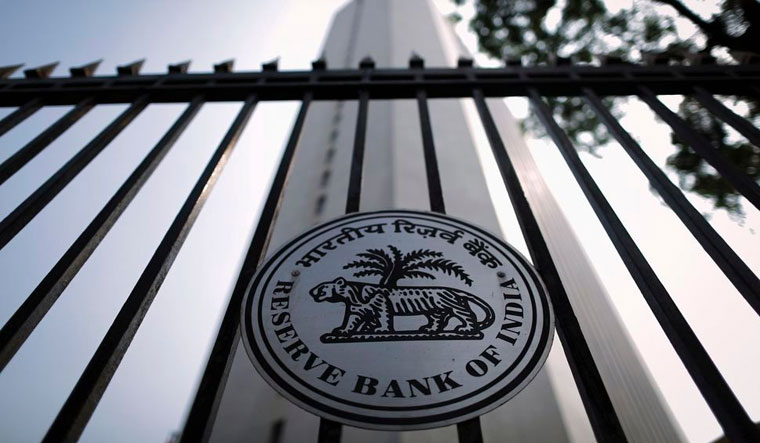Inflation pressure in India may have eased in February, but don't expect the central bank to cut its benchmark interest rate. However, it may give the Reserve Bank of India some room to hold rates for longer.
Figures released earlier this week showed CPI (consumer price index) or retail inflation declined to a four-month low of 4.44 per cent in February, compared with 5.07 per cent in January and 3.65 per cent in February last year.
WPI or wholesale inflation too has followed the same trajectory, falling to 2.48 per cent in February, versus 2.84 per cent in January.
Cheaper food articles are among the key reasons behind the slowing inflation figures. Food inflation has declined 150 basis points month-on-month. A decline across primary articles, fuel and power and manufactured goods, also helped.
Looking ahead though, economists say inflationary pressures could emerge from rise in international crude oil prices, increase in minimum support prices of select crops by the government, unseasonal weather pattern, and in case monsoon this year is below average.
The surprising lower-than-expected inflation numbers have now made some economists tweak their forecasts.
“Earlier, we expected CPI prints for May and June to be around six per cent. With two consecutive months of downside surprises, the trajectory has shifted lower and now we expect retail inflation to peak at 5.6 per cent in June. We have also revised average inflation for FY19 from 5.0 per cent to 4.6 per cent. While the food prices have declined more than expected, oil prices have also softened in recent days, leading to downward revision in our estimates,” said Abheek Barua, chief economist at HDFC Bank.
Last month, the RBI left its key repo rate unchanged at six per cent in its bi-monthly monetary policy review. The central bank expected retail inflation in the January-March quarter at 5.1 per cent. It sees CPI inflation in the 5.1-5.6 per cent range in the first half of year-ending March 2019, and in the 4.5-4.6 per cent range in the second half.
Despite the fall in inflation numbers, the RBI is not expected to cut interest in its next monetary policy meeting in April.
“We expect the RBI’s monetary policy committee to maintain status quo as it awaits clarity on monsoons, sustainability of crude oil prices post the winter squeeze, and global financial conditions,” said Suvodeep Rakshit, senior economist, Kotak Institutional Equities.
The cautiousness from RBI is warranted as inflation is expected to stay around 4.5 per cent through the next financial year, which is higher than the central bank's stated target of four per cent, noted Rakshit.
CPI inflation in March too it is expected to be within the 4.0-4.5 per cent range, and average 4.6 per cent next year, said Radhika Rao, economist at DBS Bank.
“Clarity on the magnitude of minimum support prices for farm products, monsoon strength, oil prices, and demand conditions, are sought. Concurrently, the RBI will also monitor the ongoing banking deleveraging exercise, with the recent bank fraud throwing a cog in the wheel of a swift recovery,” said Rao.
Analysts say rising consumption demand and impact of house rent allowance revision will also weigh on inflation next year.
“The combination of higher MSP (minimum support price) for farmers and higher crude prices will keep CPI inflation above the four per cent mark. That means, any rate cuts for now appear to be ruled out unless inflation shows a clear signal of trending further down,” said Jaikishan Parmar, research analyst at Angel Broking.
Ratings agency CRISIL also expects the central bank to maintain a pause on interest rates over the next six months.


